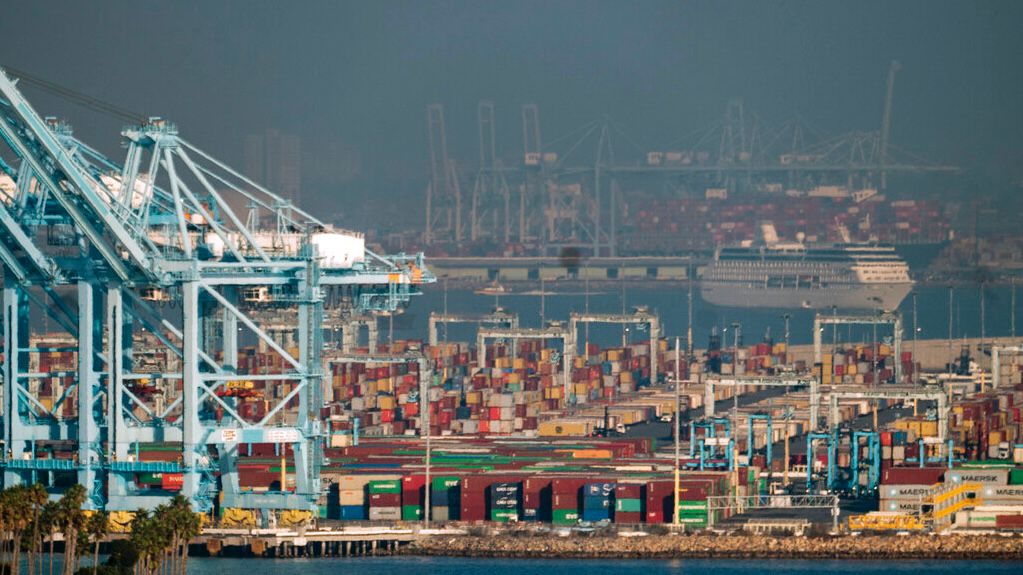LOS ANGELES — With President-elect Donald Trump expected to make sweeping changes to U.S. trade policy when he takes office in two months, the American economy is likely to slow and consumers could experience higher prices, experts say.
U.S. manufacturers are also likely to be less competitive and to move operations out of the country if Trump carries through on his campaign pledges to impose a 60% tariff on goods from China and 10% on all other imports.
“We expect that the new administration will get to work right away, particularly on tariffs on China,” said Mary E. Lovely, professor emeritus of economics at Syracuse University, who is currently researching the effects of U.S. tariffs on China and the implications of China’s foreign investment policy on trade flows.
Speaking at a monthly briefing at the Port of Los Angeles Wednesday, Lovely said she expects Trump to begin imposing tariffs on China in 2025, most likely in the second or third quarter. After that, she expects the new administration to impose tariffs on countries with which the U.S. does not have a free trade agreement and then to the 20 countries with which the U.S. has FTAs that are currently tariff-free.
“The authority is there,” she said of Trump’s ability to impose tariffs on countries that violate trade agreements or engage in unfair practices under Section 301 of the Trade Act. “What the rate will be, I don’t know.”
Because 25% of imports from other countries are parts used by American companies to make their products, Lovely said Trump’s tariffs may not be as large as he promised on the campaign trail.
“When the Trump team looks at what’s coming in, electronics and machinery are a huge part of the bundle we get from China,” she said. “When they look at the impact on U.S. companies that are selling laptops, notebooks, cellphones and machinery, I think they will take a slower approach.”
Lovely said the U.S. economy will be “fairly robust” in 2025, despite decreases in overall trade because of new taxes on imports which will in turn hamper U.S. exports in the form of higher prices.
“We’re going to see an impact on both import flows and export flows,” she said. “For consumers, we’re going to see higher prices. Many people are predicting about a one-percentage point increase on the inflation rate.”
American consumers are also likely to see less variety when they shop.
“Some products will simply disappear from the marketplace,” she said.



